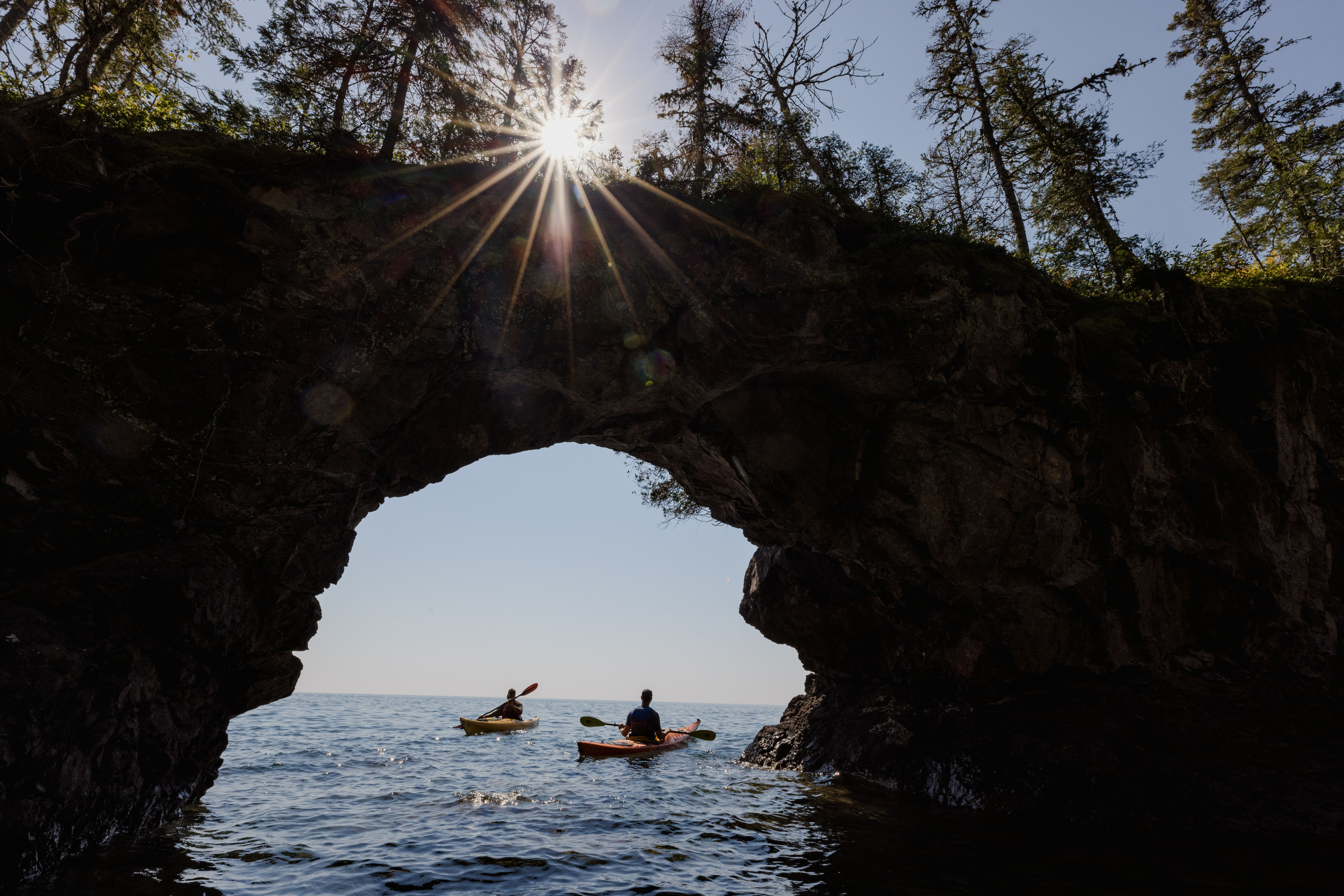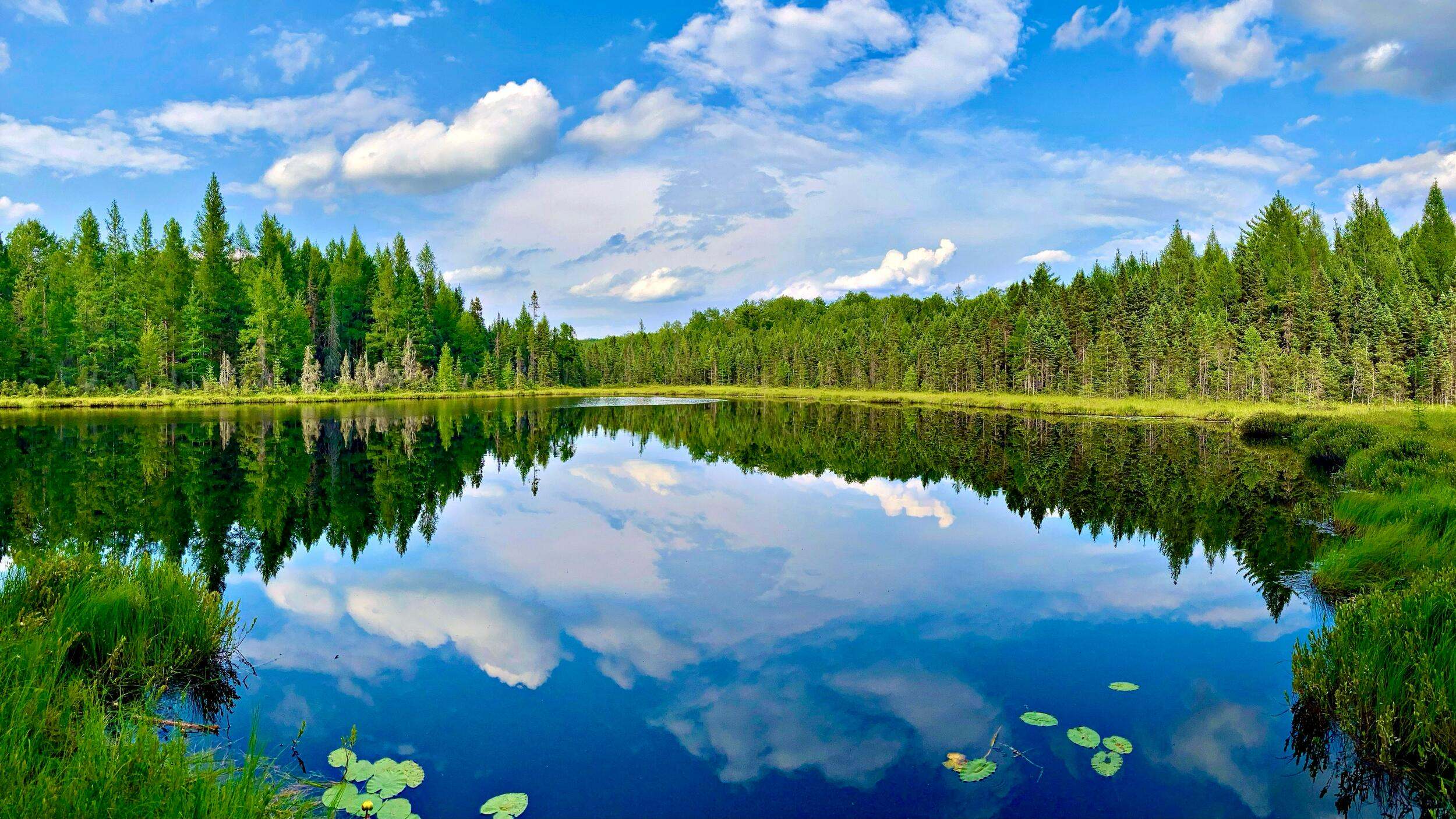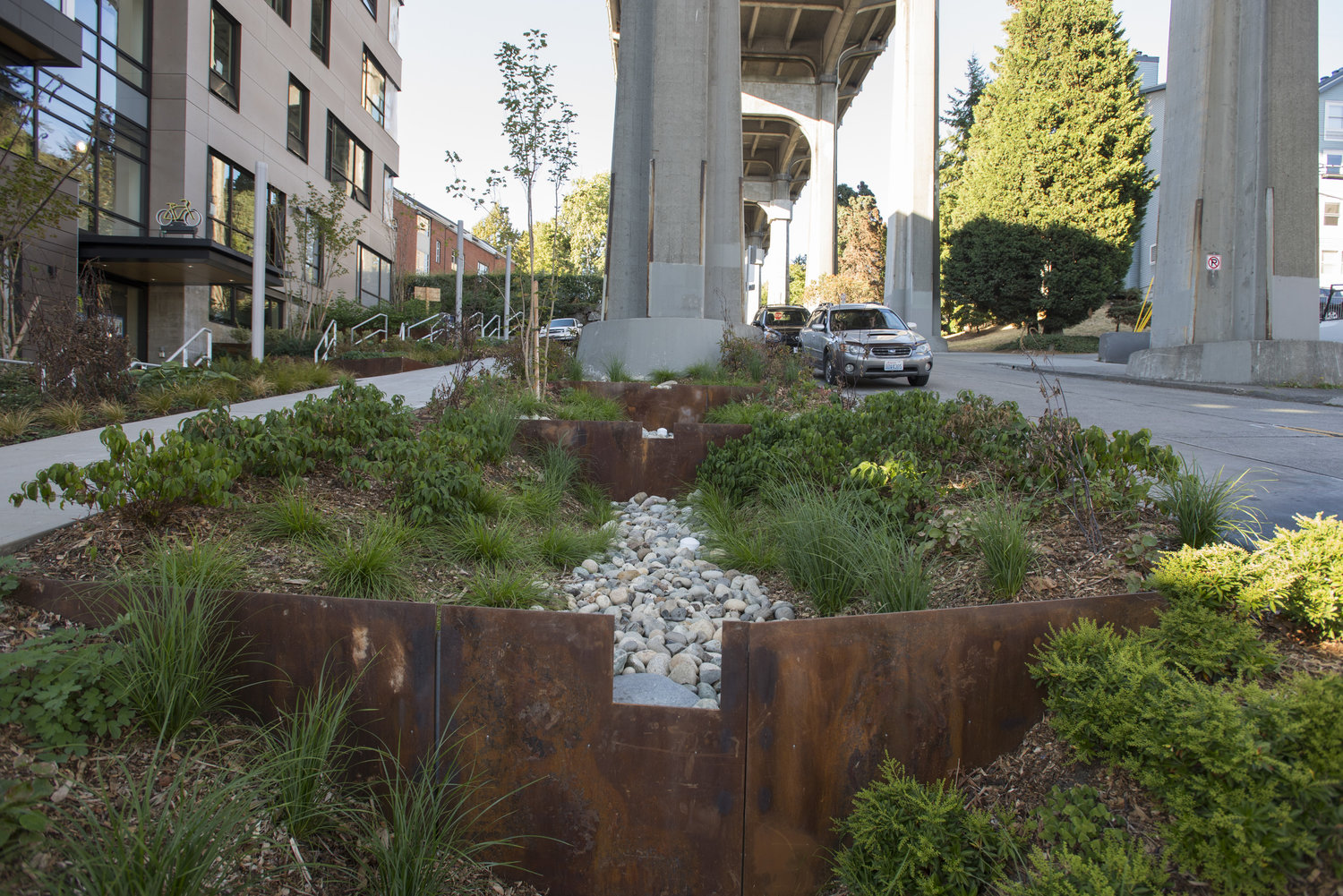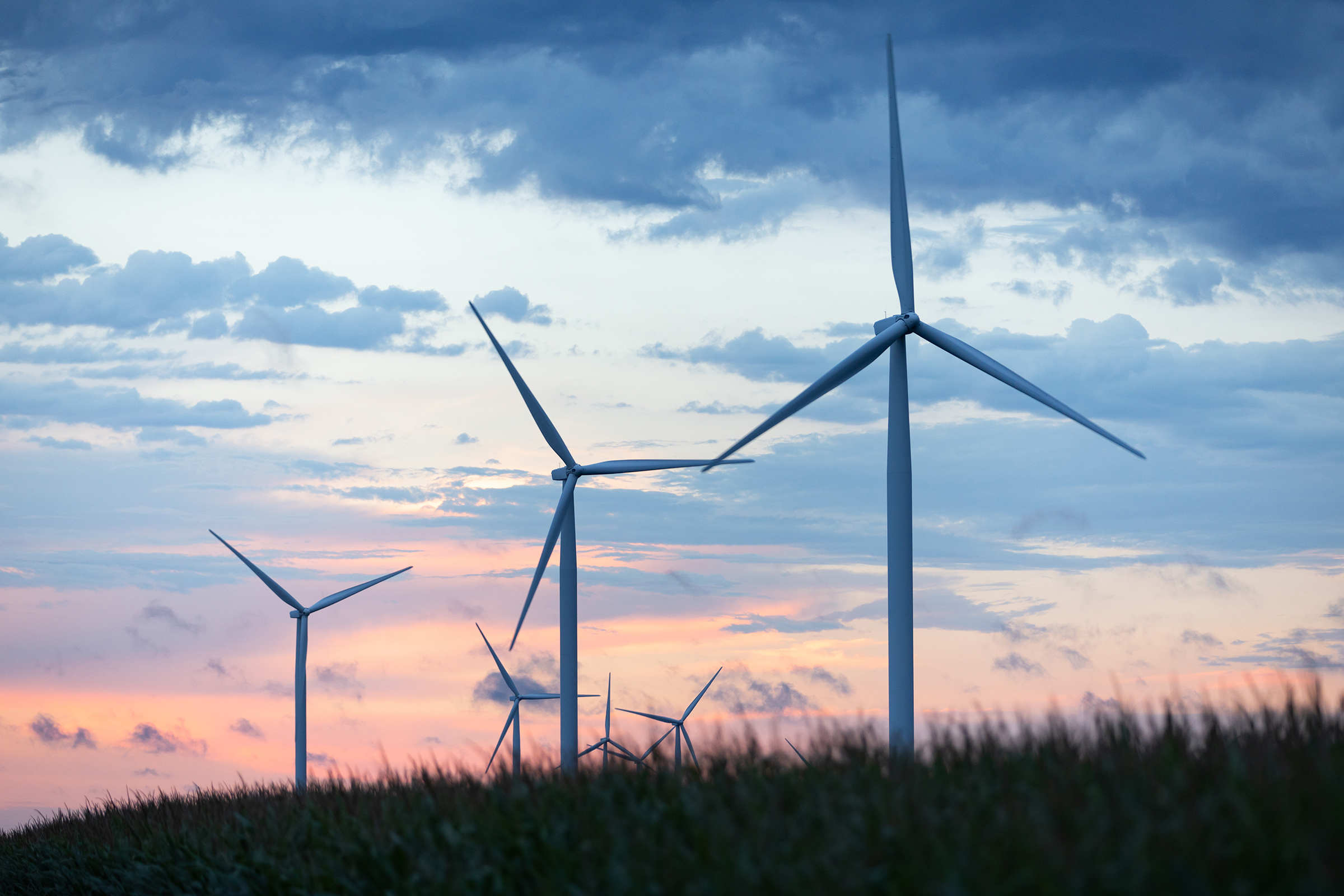American Buffalo Return Home to Tribal Lands
Through our partnership with the InterTribal Bison Council (ITBC), we've transferred 1,800 bison to Native Nations to restore their ancestral grazing lands.
Positive achievements for nature and people can—and are—happening right in your backyard.
The challenges ahead can feel overwhelming at times. At TNC, we know that we can make a difference in tackling the twin threats of climate change and biodiversity loss because we have a long history of success in helping nature and people thrive.
Below are several examples of how TNC and our partners are making a difference in the Midwest and beyond—and providing hope for the future.
To be clear, hope is not denial. It can be a motivating force. We must move fast—employing proven strategies—to address rising temperatures and dramatic declines in birds, mammals and other wildlife.
I see hope as a useful practice that we must cultivate and nurture to be good people who accomplish good in the world.

River otters ... regal fritillary butterflies ... bald eagles ... bobcats ... timber rattlesnakes. Decades ago, all of these amazing creatures were endangered or declining in the Midwest. Some, like the Hine’s emerald dragonfly, were even thought extinct.
Toward this end, TNC has protected more than 90,000 acres of land, lakes and wetlands, as well as over 200 miles of river systems, across five Midwest states (Illinois, Indiana, Michigan, Ohio and Wisconsin) over the past 4½ years.
Today, these and other animals are either thriving or on the verge of a comeback. Activism and policy actions played a major role. Another key strategy: maintaining high-quality habitats for wildlife as well as people.


TNC acquired the Heartlands in 2022 as an interim owner with the support of local partners, Keweenaw community leaders and the State of Michigan—preventing the Heartlands from being fragmented and privately developed. Since then, community members and TNC have been hard at work developing the future community governance and management plan for a large portion of the Heartlands’ forest.
Many other land and water protection efforts are under way in the Midwest, including the Patoka River Protection Project in Indiana and the Sunshine Corridor effort in Ohio.

Wetlands are incredibly hard-working habitats. They do everything from filtering pollutants from water to providing shelter and food for frogs, birds and other wildlife.
Last year was a rough year for these vital habitats. The Supreme Court stripped federal protections from countless wetlands with its decision in Sackett v. Environmental Protection Agency (EPA), leaving these critical ecosystems exposed to development and destruction.
At this critical moment, everything in nature is is depending on us to speak up.
Learn how to advocate for natureWithout wetlands, it costs more for communities to treat their drinking water. Also wetlands can help prevent flooding. A single acre of wetland one foot deep can hold 330,000 gallons of water, according to the Indiana Department of Natural Resources. That’s enough water to fill 44 average-sized basements with a foot of water.
TNC is working to both restore wetlands and protect them from harm. “If we focus on rebuilding our wetlands and other natural infrastructure,” said Nick Miller, TNC science director, “we will protect our communities, provide habitat for wildlife and save money.”

Erie Marsh is one of the largest marshes, a type of wetland, on Lake Erie. Here, some of Michigan’s few remaining colonies of American lotus and swamp rose-mallow thrive, and birdwatchers are drawn year-round to enjoy bald eagles, purple martins, trumpeter swans, herons, ospreys and more.
After a 12-year, $7.5 million habitat restoration project led by TNC, which included repairing degraded levees and engineering a new water management system, the marsh is fully reconnected to Lake Erie for the first time in more than 60 years. This has given fish access to key spawning areas, brought more birds to the area, and improved the overall quality of the wetland.
Another example of wetland restoration is the Ohio Mitigation Program. The program is founded on federal and state laws that require developers to avoid and minimize harm to wetlands and streams during construction and other projects. If these impacts are unavoidable, the developers must mitigate the harms by restoring or preserving nearby wetlands or streams. Since 2014, the program has restored 155 acres of wetlands and over 7 miles of streams.

Did you know that the soil and vegetation in forests, prairies, cities, farms and other lands around the world store more than 2.5 times as much carbon as the atmosphere does? Lakes, wetlands and other bodies of water also act as carbon sinks.
All of these habitats could potentially store even more carbon—helping to mitigate global warming—with the use of nature-based solutions, such as planting trees, restoring natural areas and encouraging cover crops on farms.


Climate change cannot be tackled by natural solutions alone. To keep rising temperatures in check, states in the Midwest and across the country need to significantly increase the amount of electricity generated from solar, wind and other renewable sources.
The momentum for change is here. A TNC report found that 54% of large Midwest businesses and employers—in Illinois, Indiana, Michigan, Ohio and Wisconsin—have ambitious greenhouse gas reduction targets. However, they are challenged to meet these targets because there are not enough local renewable sources.
One possible solution? TNC’s Mining the Sun report recommends siting clean energy infrastructure on degraded lands—such as mining sites, landfills and brownfields. This would be a win-win solution for climate, conservation and communities. For example, the Starfire Coal Mine will be Kentucky’s largest renewable power project, able to power over 500,000 households per year.
From collaborating with forward-thinking farmers creating resilient food systems to playing a supportive role in repairing the relationship between buffalo and Indigenous Peoples, there are many more stories of hope to be told in the Midwest.